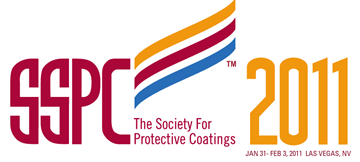Search
Conference Papers
View as
Sort by
Display
per page
Understanding the Effects of NaCl Concentration on Zinc Phosphate Pigment Morphology and Composition by Advection Through Phenoxy Thermoplastic Free Films
Product Number:
41216-946-SG
Publication Date:
2016
$20.00
Understanding The Effects of Test Solution Chemistry on Sour Service Testing at a pH Range Relevant to Flexible Pipe in Oil and Gas Applications
Product Number:
51323-19055-SG
Publication Date:
2023
$20.00
Understanding The Effects Of Zn Injection And OLNC-Treatment On 316 Stainless Steel Oxide Under Simulated BWR Conditions
Product Number:
ED22-17227-SG
Publication Date:
2022
$20.00
Understanding the False Positive of Modified Martensitic Steels in Sweet & Sour Service Conditions using a Point Defect Model Perspective
Product Number:
51323-18901-SG
Publication Date:
2023
$20.00
Understanding the Influence of Surface Condition on the Fatigue and Corrosion Fatigue Behavior of SLM718
Product Number:
51324-21234-SG
Publication Date:
2024
$40.00
Understanding the Total Cost of a Corrosion Issue in the Oil and Gas Industry
Product Number:
51317--9286-SG
ISBN:
9286 2017 CP
Publication Date:
2017
$20.00
Understanding the True Meaning of Green for the Wastewater Industry
Product Number:
41211-588-SG
Publication Date:
2011
$20.00
Understanding The Usefulness of German Test Method TL 8135-002 For Various Steel Alloys
Product Number:
51323-19169-SG
Publication Date:
2023
$20.00
Understanding Why PREN Alone Can Not be Used to Select Duplex Stainless Steels
Product Number:
51315-6005-SG
ISBN:
6005 2015 CP
Publication Date:
2015
$20.00
Understanding Zinc Rich Primers & Importance of Performance Based Approach Single Coat vs 3 Coat Performance
Product Number:
41210-574-SG
Publication Date:
2010
$20.00
Underwater Ship Hull Coatings Systems in thte Post-TBT ERA
Product Number:
41212-661-SG
Publication Date:
2012
$20.00














